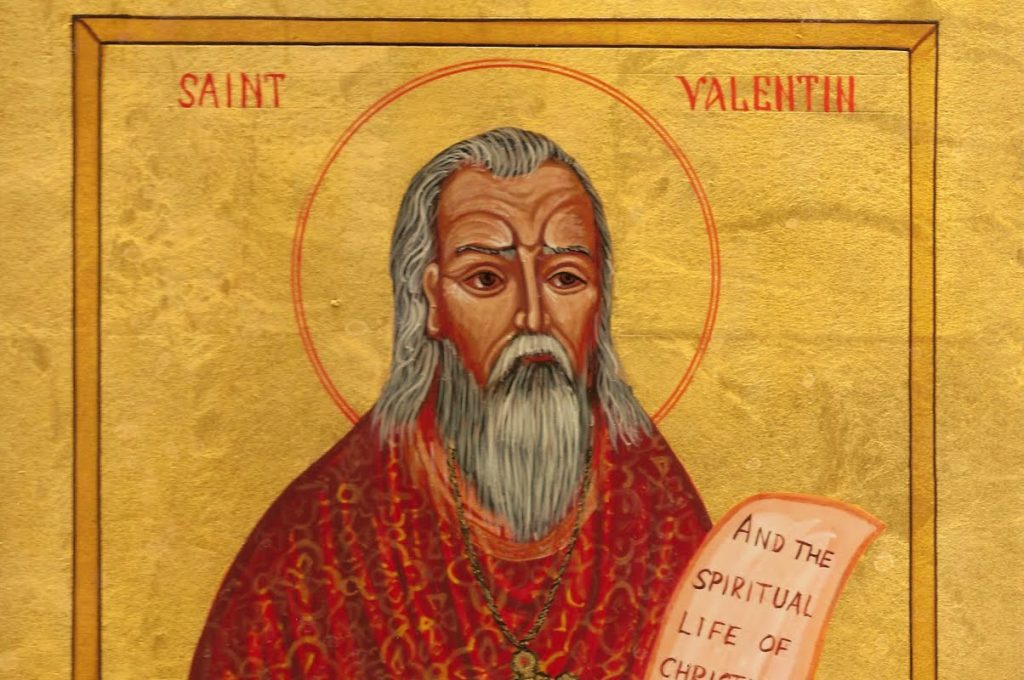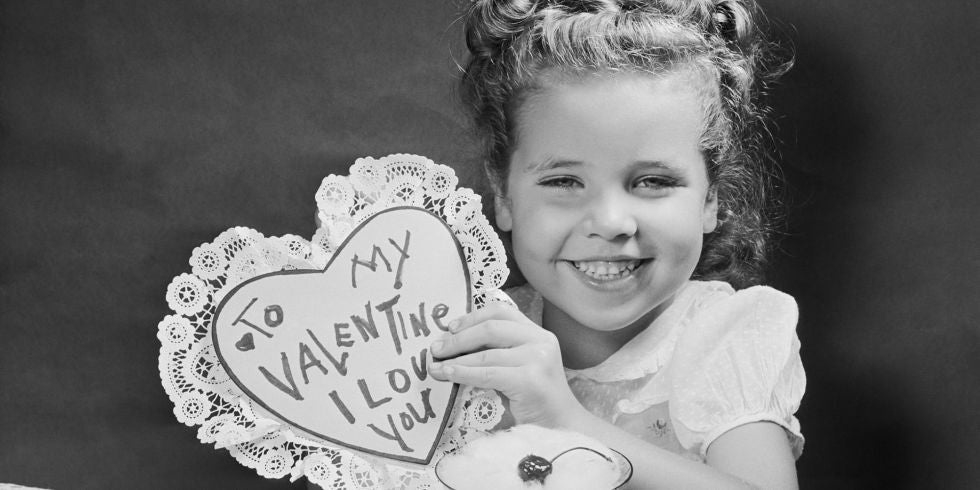
Valentine's Day: how a pagan fertility festival became a Hallmark holiday
Every year around the world on February 14, people recognise their lovers, friends, spouses, teachers, offspring and secret sweethearts with romantic gestures, gifts, and declarations of love and affection. The Feast of Saint Valentine has become so popular, there is even an established anti-Valentine movement (cos' you haven't really made it until you've got some haters). With sources claiming Valentine's Day generates around $15 billion in sales in the US, and with more than one billion Valentine's cards sent across the globe, have you ever wondered how this global love affair began?

Source: Thinkstock
From pagan roots love does bloom
It all started with Lupercalia, a pagan fertility festival that was reportedly celebrated in ancient Rome on 13, 14 and 15 February every year. This annual ritual involved some interesting customs. According to National Geographic, young men would strip naked and use animal skins to spank the backsides of young women to improve their fertility. An interesting approach!
A festival of forbidden love
Historical accounts state that several Christian religious figures were made martyrs on this day, including Saint Valentine of Rome, who was imprisoned for performing weddings for soldiers who were forbidden to marry. Legend has it that during his imprisonment, Saint Valentine fell in love with and 'healed' the blind daughter of his jailer. He is arguably said to have left her a farewell note signed "From Your Valentine." Awww!
Valentine's Day becomes official
Some 200 years later, the Pope of the day declares February 14 to be Saint Valentine's Day - to be celebrated as a Christian feast day. It is speculated that this was done to overtake the continuing popularity of the Lupercalia pagan festival. (All that naked butt-whipping was hard to kill off).

Source: Google
Love gets legal
n 1400 AD, what many of us know as the city of love, Paris, opened the High Court of Love on February 14, specifically to deal with issues of romance and romantic ruin: contracts of marriage, divorces, infidelity, and spousal abuse, to cater for love-gone-wrong.
The Valentine's card is born
The birth of the modern-day Valentine's card can be attributed to mid-18th century England, when it became popular to exchange a note with your beloved to mark the Feast of Saint Valentine. The earliest of these messages of adoration were constructed from paper and lace, and anonymous messages to your wannabe Valentine became fashionable for many would-be suitors. By the early 19th century, these anonymous love notes became so popular, factories began to mass-produce them. The trend took off in the US and in 1913, Hallmark Cards produced its first Valentine, signalling the birth of the modern-day Valentine's card.

Source: Google
A Valentine's Day massacre
In 1929, February 14 witnessed love and devotion replaced by violence and slaughter, when notorious underworld figure Al Capone allegedly ordered the massacre of a handful of notable Chicago gangsters. Taken down in a machine-gun line up, this infamously brutal event is a far cry from the love, sweetness and light we commonly associate with Valentine's Day.
Valentine's Day: a history
So there you have it - from naked butt whipping, to declarations of undying love, the mass-production of messages of adoration and gun-toting massacres ' Valentine's Day has survived and transformed throughout the ages to become the celebration of love as we know it today. This Valentine's Day, recognise that special someone in your world with a customised gift from our exclusive Valentine's Day range at personalisedfavours.com.au Be inspired below!
